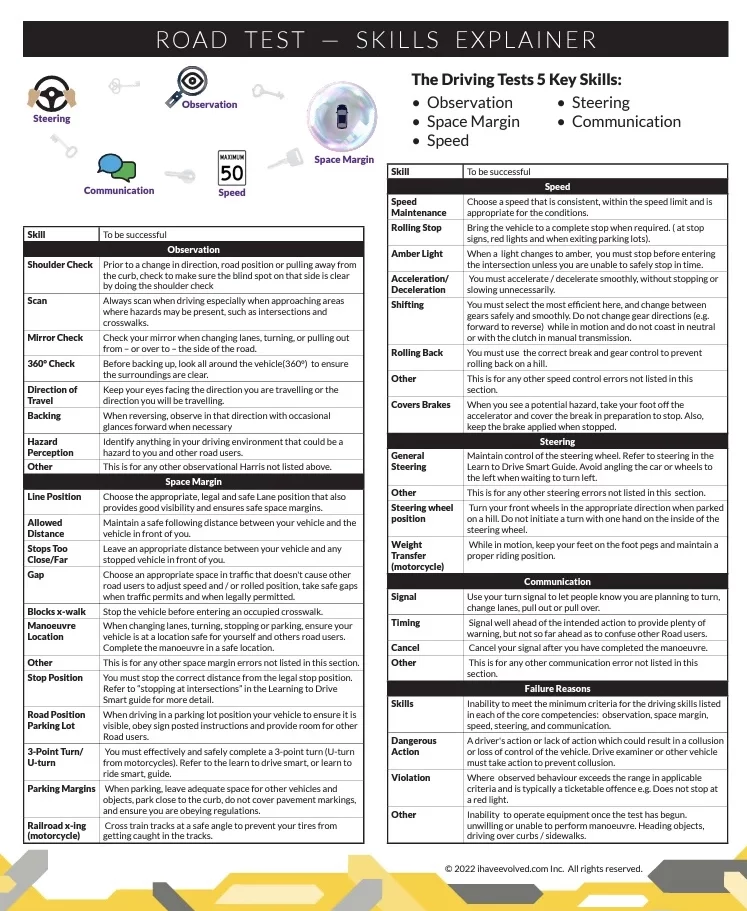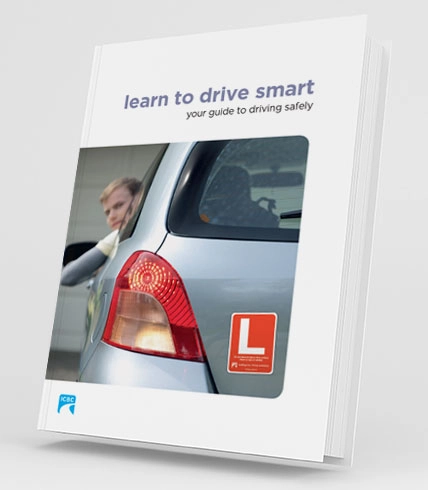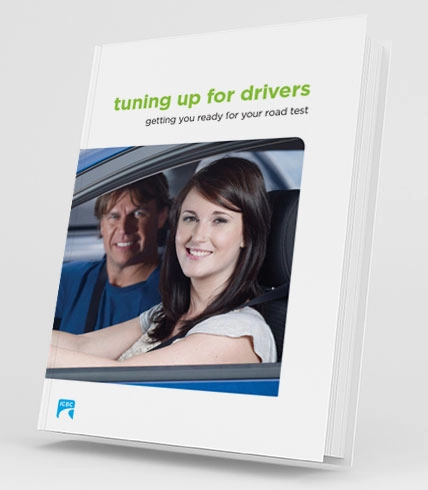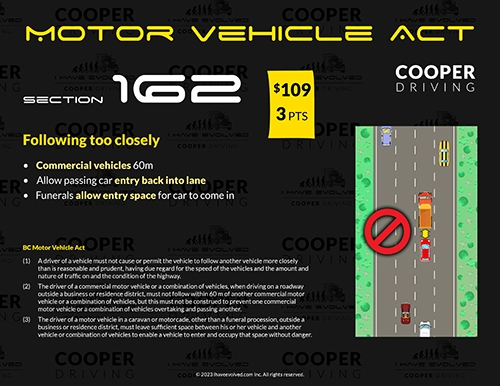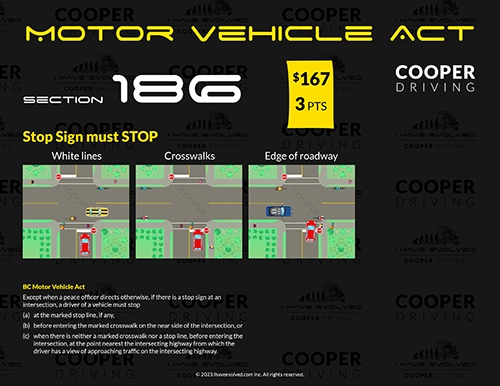
Different Countries, Different Driving Habits: Navigating Culture Shock
“I’ve been a good driver for 10 years in my home country! I am a good driver.”
This may very well be true in your country. However, most drivers in Canada also believe they are good drivers. Once you pass your license test here, you often drive alone for years, decades, or even half a lifetime without being re-tested.
But the way you drive might not align with what the Canadian government considers correct. Your ten years of driving habits could conflict with what the examiner expects on test day. So, can you change those habits instantly?
Try this experiment: for the next 90 minutes, don’t use your dominant hand. Don’t cheat—tape it up if you must! Just try to remember not to use it. How long do you think you can keep this challenge in mind?
Now imagine this: you must identify all the habits you’ve developed over the past decade and distinguish the ones you cannot display to the examiner. Then, learn every small detail they’re looking for, including the instant-fail criteria. Finally, hold all this information in your short-term memory for 30 minutes while driving in unfamiliar Canadian traffic with a government official barking instructions at you.
Sounds easy? Not at all. That’s why the driving test failure rate is typically around 50%.

Most Countries Can Drive Here for 90 Days
When you land in Canada, it’s exciting with many new adventures ahead! Many countries allow you to drive here with your valid home country license for up to 90 days. However, be sure to verify this information and confirm that you’re properly insured.
Take the time to get out and drive, learning as much as you can about the roads, traffic signs, and how other drivers move. I refer to this as the “cultural patterns” of your new country. These patterns may be very different from those in your home country, so please be extra cautious as you adjust.
Different Culture Different Challenges
Car Thieves in Vancouver.
Bike Stolen at School.
Two Books You Should Read in Preparation for Class 5 Driving Test
ICBC publishes two books that outline what’s expected on your driving test.
Learn to Drive Smart
Learn to Drive Smart is most commonly used by new drivers to study for the knowledge test. If you’re an experienced driver or new resident, you can use this guide to brush up on your driving smarts.
Tuning up for Drivers
Tuning up for Drivers can help you prepare for your road test, whether you’re in graduated licensing, a new resident, or if you’re studying for a re-exam. Each chapter covers essential driving skills. We recommend using this guide along with Learn to Drive Smart.
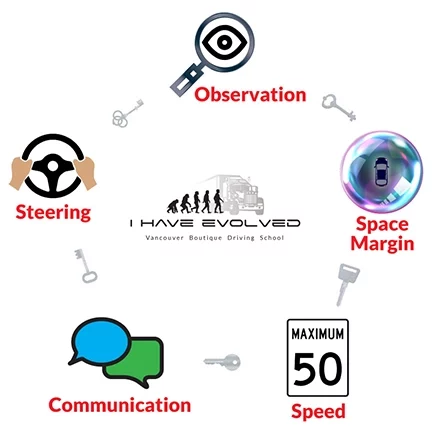
Rushing to Pass the Test May Shock You and Set You Back in Both Time and Money
Many clients rush to pass the test quickly, like on their 30th day arriving here. But then they fail and run smack into a BIG surprise. After failing, they can no longer drive alone! WHAT!
Now you need a fully licensed, legal, and current British Columbia licensed driver over the age of 25 sitting beside you! WHAT? BUT on the 90-day I could drive by myself, and now, after failing, I cannot drive alone! CORRECT! BIG SURPRISE FOR MANY NEW TO CANADA VISITORS! Also you will be delayed from attempting your second test. 1st fail 14 day wait. 2nd fail 30 day wait, 3rd fail 60 day wait.
I Failed My Class 5 Test – Now What Do I do?

Step One –
Review the test score sheet the examiner gave you. Review the key skills sheet (see below) the examiner gave you. Critically review everything and clarify what your habit is for each of these errors and review what it is the examiner talked about.
Searching online for the specific examiner words will generate more explanations. Also search the two ICBC books for the specific errors and learn what it is the examiners need you to present.
Get clear on what you do, and what the examiners wants you to do. This difference is the change you need to make.

Step Two –
Now that your brain knows the changes that are needed get your body to follow the new actions. This is a time requirement allowing your body to present, repeat and get comfortable with the new ways. The practise is the change that the examiners are looking for. It takes time to build the new habits following the examiner’s ways.
Here is it wise to hire an experienced driving instuctor. WHY? Most people are not good at self evaulation. Hiring a new set of eyes to watch your driving, and watch you apply the changes you now know you should make, is a smart step. Together you can clarify the two lists 1. your habits that need to change and 2. the details the examiner is looking for.

Step Three –
Practise, practise, practise and practise. Ten years of habits versus 2 hours of practising the new way? Respect the power of habits and realize that filling your brain with short-term memory is not the same as getting your 200 body muscles to obey and perform accurately. The added stress of a test situation will take away some of your attention. Often this allows your own habits to creep back without you realizing it.
ractise, practise, practise and practise this new information.

Step Four –
Concentrate on presenting your new skills and knowledge. Focus 100% on the driving task, not on the examiner. Focusing on the exmainer means your brain is distracted! A good driver must stop all distractions and focus totally on reading the road, the signs and holding onto the new skills.
The real test should be, I can drive for 30 minutes with full attention on the driving task. If you get out of the car and have achieved this, this is sucess. And if you failed on some specific item, the exmainer will document it. Get clear on the error and go again.

Speeding on This Class 5 Test is a Big Fail
Highway 4 Wheels On At 80 and Four off at 80
Accurate speed management is a must for your test. Over the speed limits is a fail. 20 kmh for laneways & parking lots. 30 kmh for school zones, parks and some marked residential streets. 40 kmh for busier roads, marked, construction zones and some near school zones. 80 kmh for highways non residential.
Biggest Canada Highways Lack of Signs: Major Flaw When Entering the 80 Zone! SURPRISE!
Many new to Canada drivers asked me how I knew when the highways and the higher 80 km/h roadways were coming. Sadly there are no real clear signs that tell you “HIGHWAY AHEAD SPEED UP.” Locals know the highways and we know the green signs that identify Hwy 1 etc. It is a challenge to see you are entering a 80 zone when there is no sign telling you.
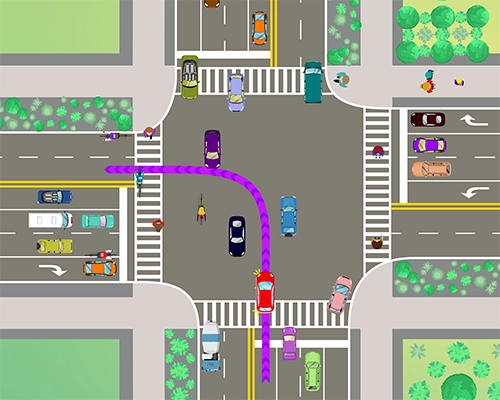
Left Turning Wait Position Requirements For Class 5, 5L & LDL Driving Test
Be precise here with both forward location and lateral positioning. Also take special note of the exceptions to these rules.
Go read the
left turn post here.
Two Local Laws that Many Break and Can Fail You on the Test Day
Highways require you hit 80 km/h ensuring absolutely no affect on other traffic getting up and on the highway and exiting. 80 on and 80 off. Plus, not tailgate and if the flow of traffic is less than 80, match the flow speed. If traffic flow changes and space opens, get back up to 80.
Tailgating is generally accepted to be no closer than 2 seconds on dry days and more than 3 seconds on rainy days.
Rolling stops are a very common practise in normal traffic This is so common that you may not even realize it. A stop means all forward motion has stopped. A rolled stop is a fail – it is against the law.
